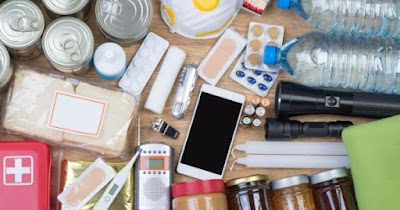In order to protect your family in an unforeseen event, you must create a disaster plan. This plan will help you navigate emergencies and provide your family with the supplies they need. If you need help curating a plan, check out these tips for making a family emergency preparedness plan.
Identify Hazards
The first step for making an emergency preparedness plan is identifying hazards. What are the types of disasters that are most likely to happen in your area? Whether it’s tornados, hurricanes, fires, or heavy storms, it’s essential to prepare for possible disasters. Once you identify the hazards, learn about your community’s warning systems. They may use text messages, sirens, or news alerts to warn you about possible dangers.
Assemble a Disaster Supply Kit
A disaster supply kit includes supplies that you and your family will use during an emergency. You can gradually assemble the kit and place anything you may need inside it throughout the year. If you need ideas on what to include, here are some common supplies:
- Nonperishable food
- Bottles of water
- First aid kits
- Flashlight with extra batteries
- Battery-powered radio
- Jackets and coats
- Local maps
Store Emergency Supply Food
Your disaster supply kit should include food, but it’s essential to store an emergency food supply in a dark and dry area in your home. Exposing food to moisture is one of the common mistakes to avoid when storing emergency food because it can contaminate your supply. As a result, you will have to throw away the food, which wastes money. Therefore, it’s best to keep your nonperishables in a dark pantry or room.
Practice Your Plan
Once you have a plan, it’s critical to practice it with your whole family. You can create mock walk-through situations during which you all talk about the necessary steps to take in a disaster. For example, in the event of a fire, you can specify a central meeting spot and go over other important information. In addition, it’s important to update any contact information and frequently check the supplies in your disaster kit.
Every family should have a disaster plan in case of an emergency. This plan will help you navigate emergencies and provide your family with the essential supplies they need. If you’re new to creating a plan, we hope our tips for making a family emergency preparedness plan were helpful to you.


